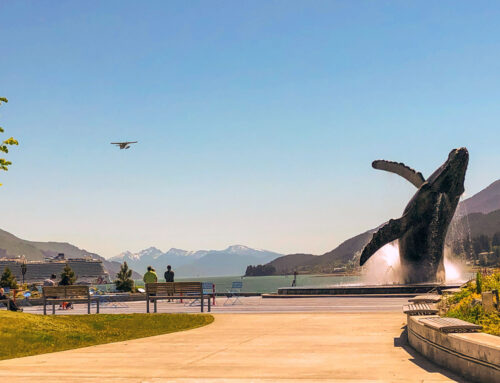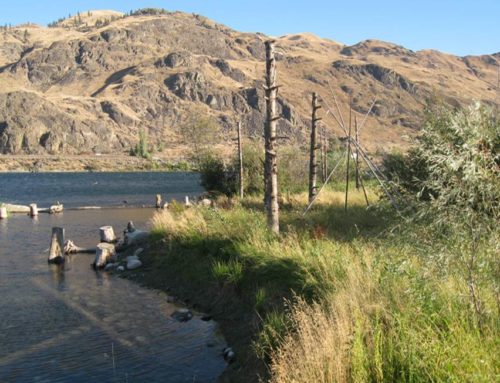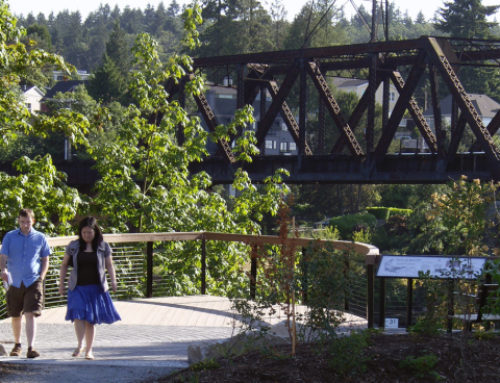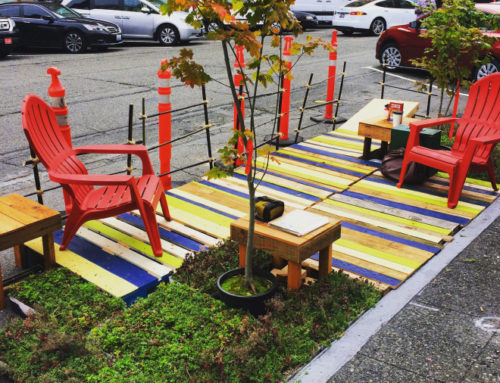by Mike Perfetti
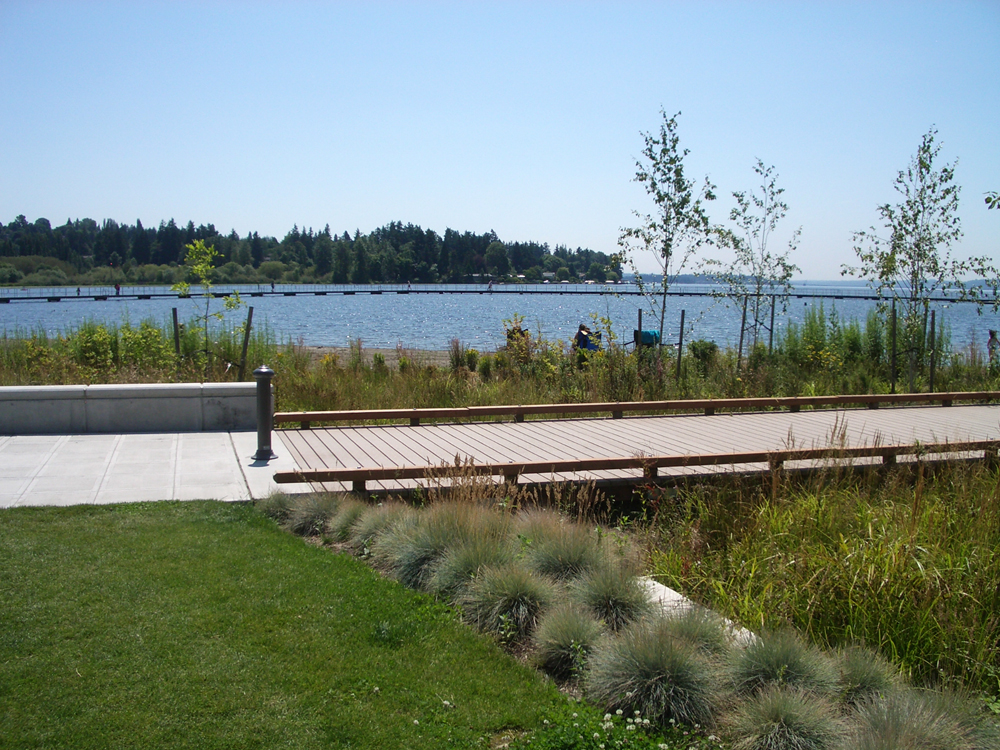
Juanita Beach Park, Kirkland, WA
Working on the design of waterfront projects is both rewarding and challenging. Waterfront projects present a special set of opportunities and challenges to designers and project proponents in achieving project goals and also ensuring that the project is improving the adjacent shoreline and aquatic environment.
Plants are an important component of any shoreline project, as plant material provides erosion control, habitat, shade, and aesthetic functions. Regulations at national, regional and local levels require that project proponents include vegetation along the shoreline and ensure plant establishment success.
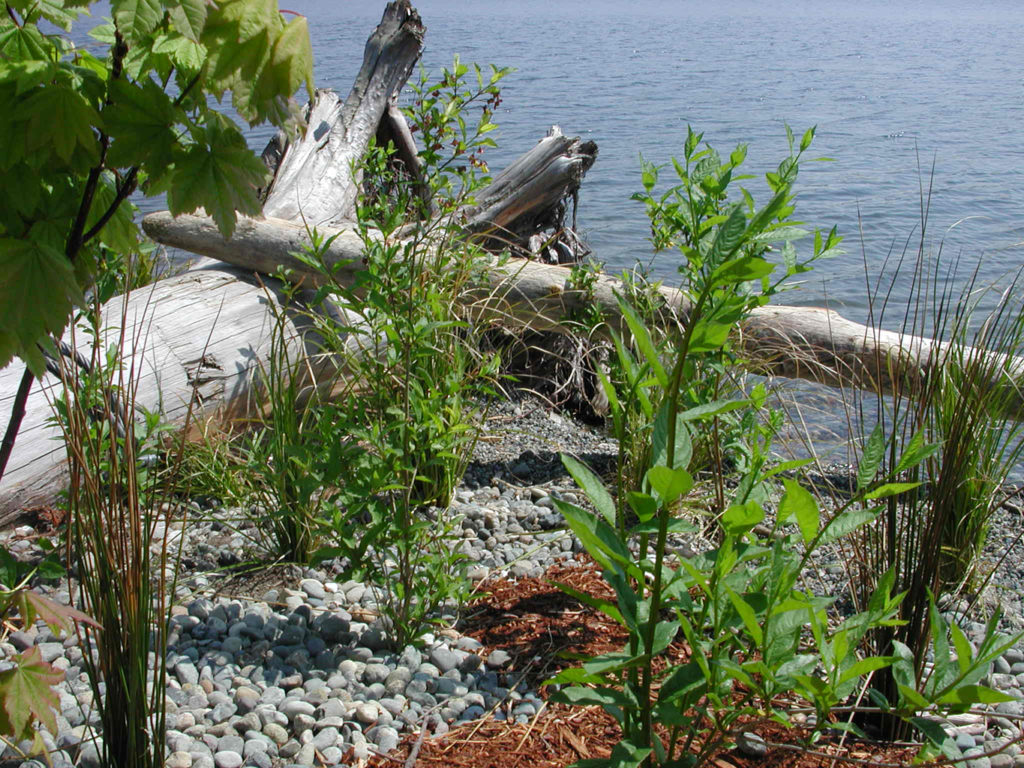
Changing water levels in Lake Washington require appropriate plant selection. As well, plants and habitat features must be firmly anchored in the substrate to avoid loss.
Here are some considerations for planting along shorelines in our region:
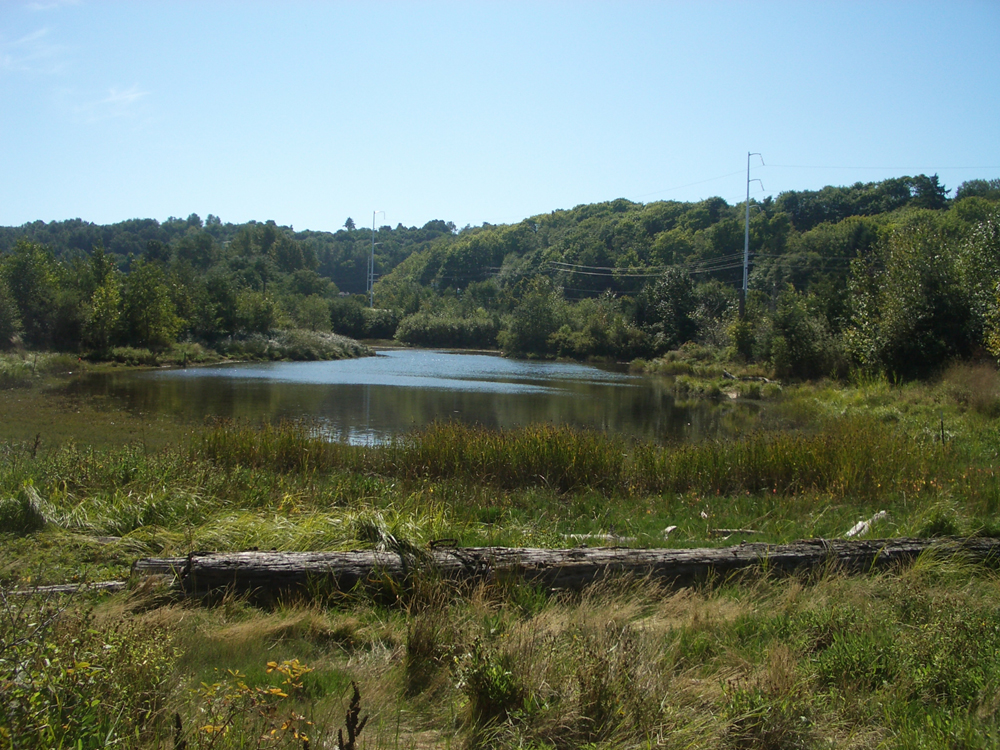
Native grasses and sedges thrive in the intertidal zone at Herring’s House Park in Seattle.
Native plants: Natives provide a ton of ecological benefit, are generally easier to establish and maintain than non-native plants, need less water and soil amendments and additives, and are required to some extent by regulators.
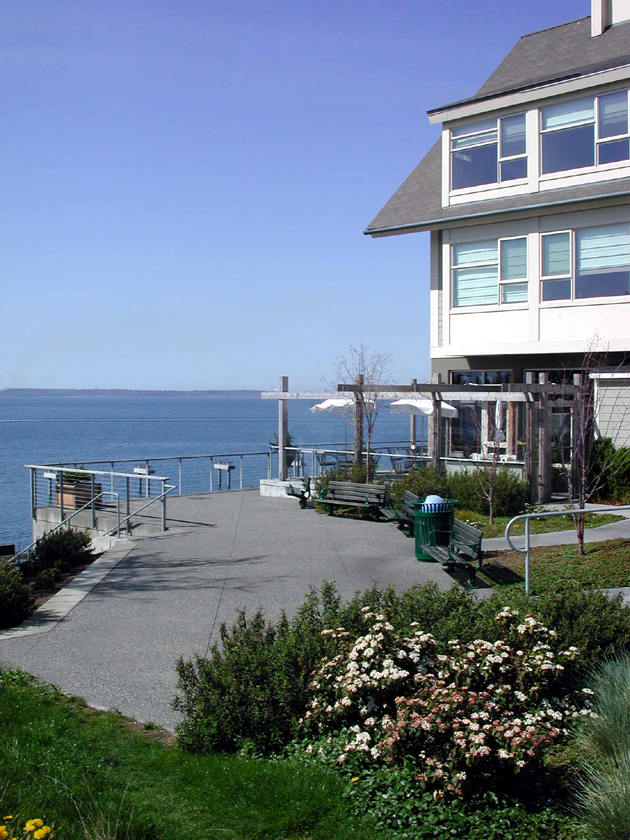
Taylor Dock and Upland Park, Bellingham, WA
Ornamental plants: Further away from the shoreline, it is ok to introduce ornamental plants.
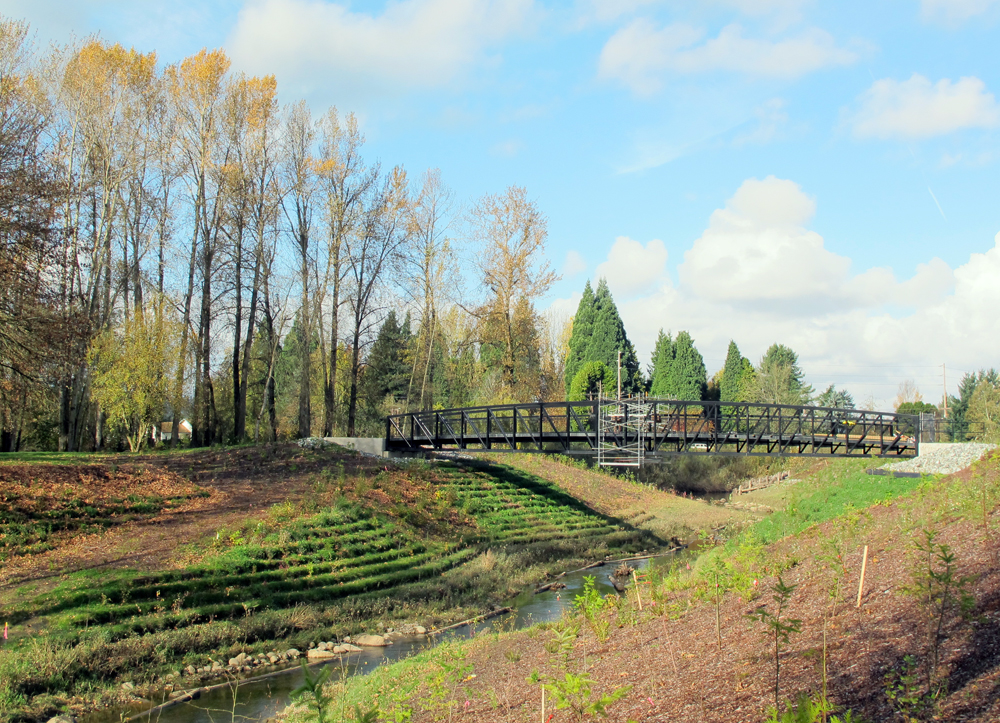
Side channel at Riverview Park, Kent, WA
Site hydraulics and hydrology: Lake, river and marine water fluctuations have a dramatic effect on shoreline vegetation. A plant such as Hardstem bulrush (Scirpus acutus) is resilient and can thrive in saturated ground and up to 3’ of water, which makes it a great choice for fresh water marshes and occasionally brackish water situations. But many plants have a narrower threshold for the amount of inundation or drying they tolerate. Having a good understanding of high, mean, low and extreme water levels and periods of inundation is critical for plant selection. And on dammed fresh water systems, water fluctuations can be extreme and infrequent. Water may be released at dams for emergency situations. Water level data is often available from dam managers.
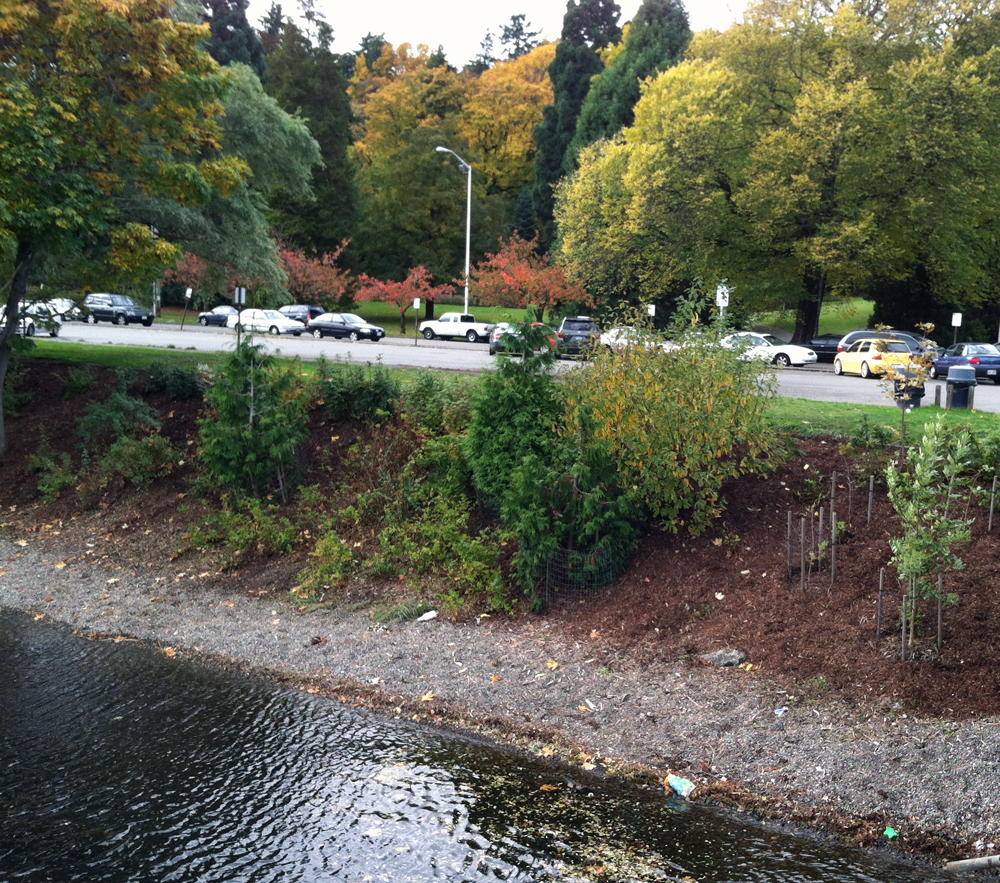
For the slopes at Leschi Marina we specified livestaking to help ensure plant establishment
Steep slope considerations: Steep shoreline banks can be fragile, susceptible to erosional water forces and fluctuating levels of saturation. Many times we see steep banks that are covered with undesirable, non-native species and weeds. The roots of the undesirable plants may be serving to stabilize the soil; removing them may subject the site to an unacceptable amount of erosion. Sometimes, accessing these banks to install plants can be very difficult (we have been involved in where crews installed plants by top roping from above). One solution to this problem is to install live stakes (cuttings) of appropriate plants and install into the bank, while also employing select cutting / removal of the non-native plants. In time, the invasive plants may be ‘shaded out’ by the growth of the live stakes or trees, without the benefits of erosion control being lost. There are many bioengineering solutions to shoreline problems like this.
Water quality: The use of fertilizer, herbicides and compost amendment should be considered on sites where water quality is an issue.
Cultural and historic resources: Cultural and historic resources often factor into a project. Leaving a resource intact may limit the extent of plantable area, and the degree to which soil tilling and excavation for planting may be done.
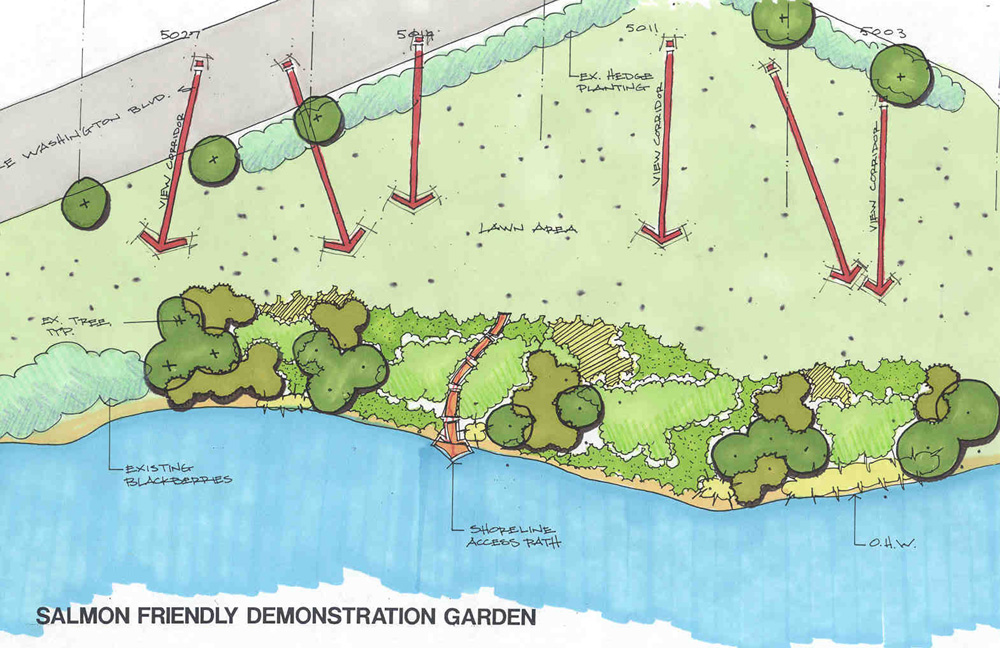
Diversity in plant selection and considering future plant growth helps ensure view corridors and access remain open.
Water views and access: Accessing water is a basic human desire. It is important to provide design that benefits people and wildlife. Plants can be located to protect or buffer a critical area and opened to allow views or touchpoints to the water, all in a way that is site appropriate.
In the end, we want successful multi-beneficial projects and we want to satisfy permit requirements. Often, a project will be obligated to show around 90% survivability over a 5 year time period or so.
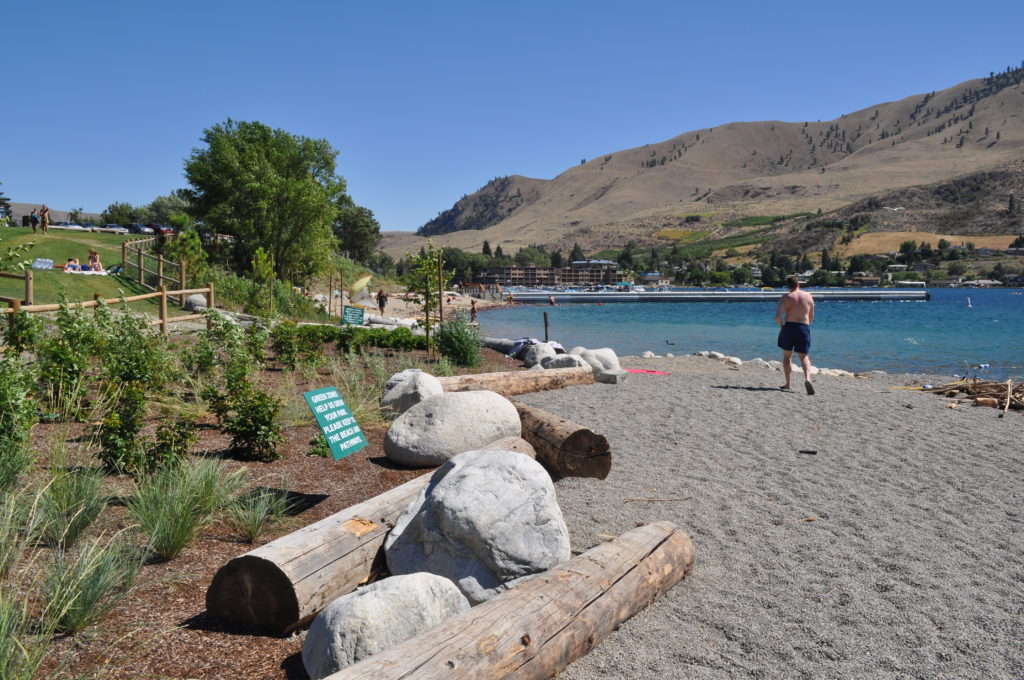
Protecting newly planted areas with fencing, signage, and other structures helps with survivability issues.
Having a landscape architect on the team to develop good planting design and appropriate shoreline access will help ensure a project’s success.

